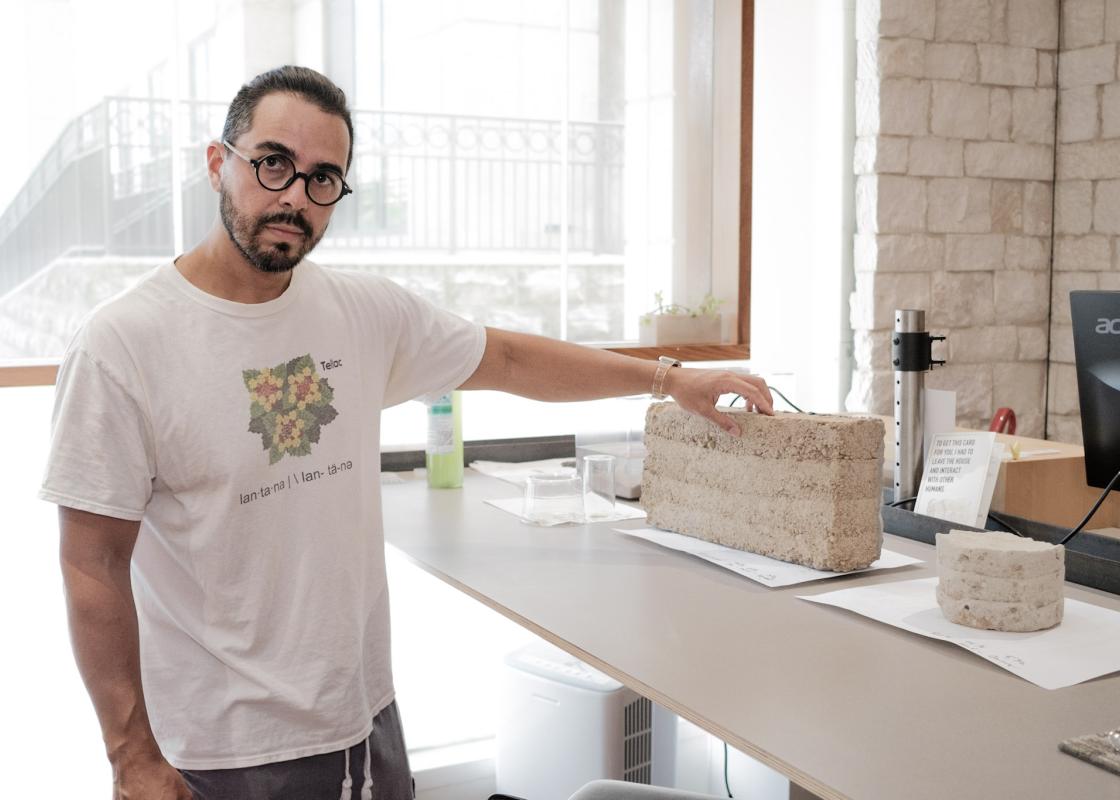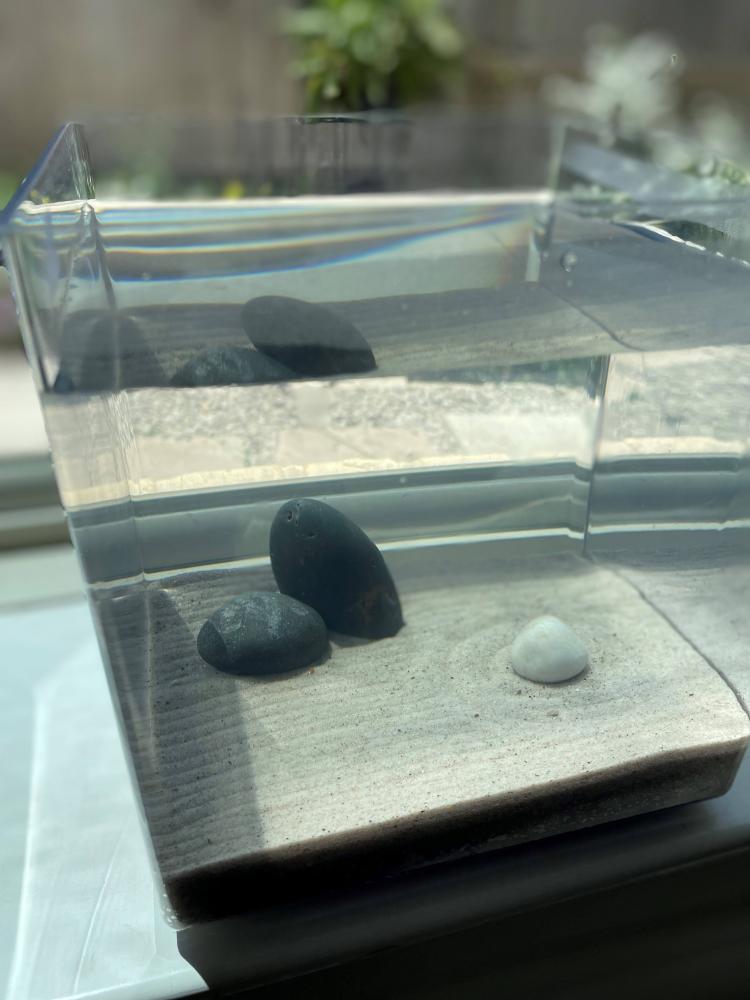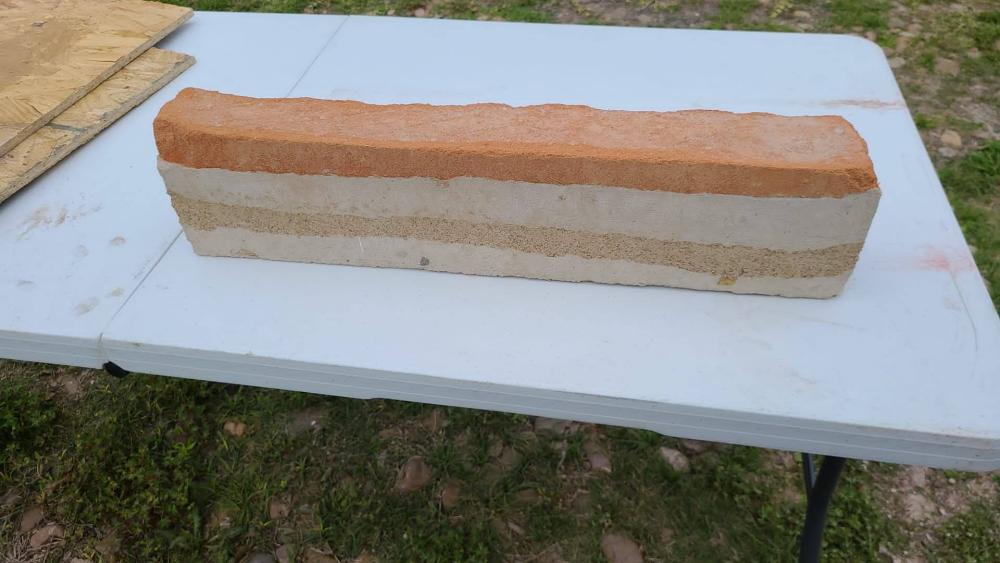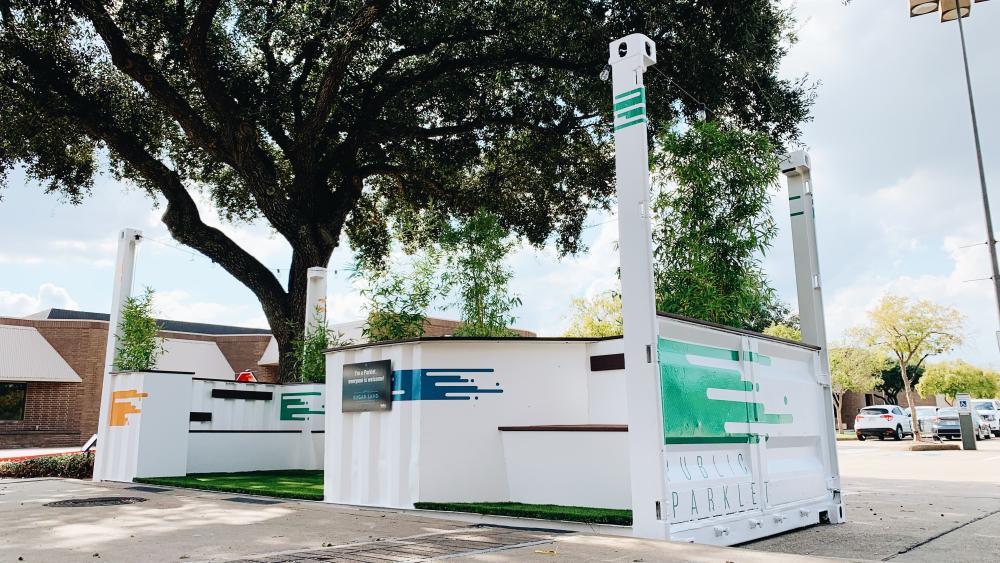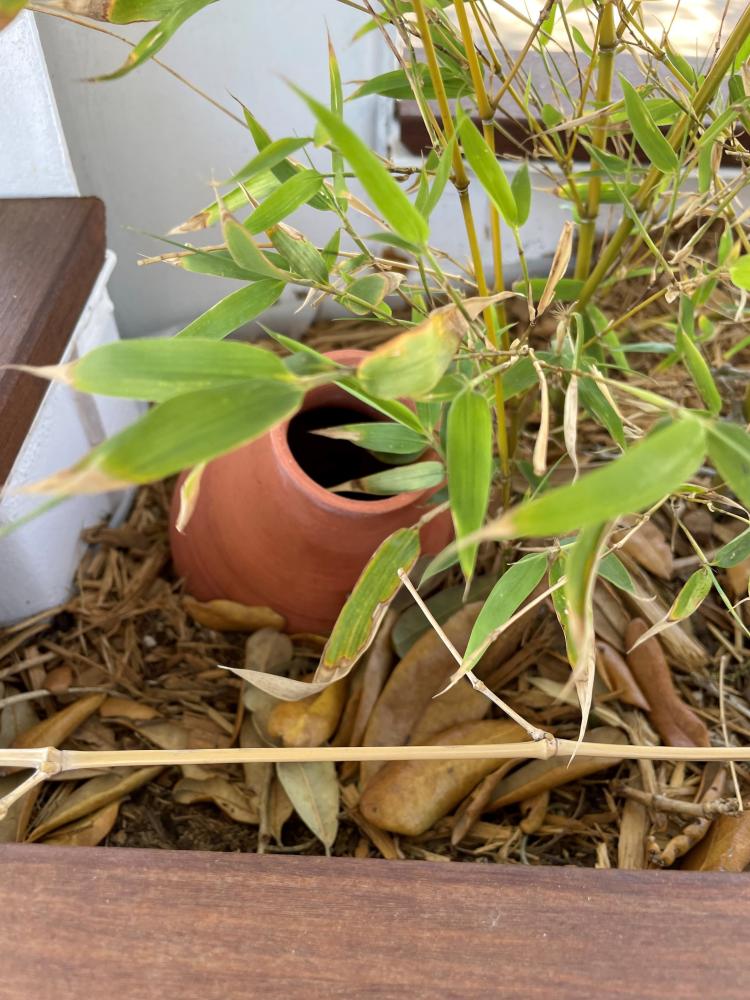Tell us about your work! What do you do? What are you passionate about?
Boris Collet (BC):
How (and why) did you start your Telloc Landscape & Construction?
BC: I started Telloc over five years ago after nine years of working in a different profession. My path to Telloc was fun—I went from working in logistics operations to managing a landscape company that a close friend had acquired. I realized that working with nature was my calling, so I decided to part ways with the company after one year and created Telloc.
What are you working on currently?
BC: I am always working on something, trying to make ideas tangible and testing new concepts. Besides our current construction and installation projects, we are experimenting with green algae for an indoor algae wall, an idea that occurred to me while reading an article on carbon sequestration in buildings. We are also completing the testing phase for a local rammed earth fire pit and planters and designing an underwater karesansui (Japanese rock garden).
Could you share about your experiments with rammed earth and other unique types of construction?
BC: I became captivated by rammed earth after watching a TV show about architecture. I was inspired to build using local Texas soil after learning about a private residence that the architecture studio DUST built in the middle of the Arizona desert.
The challenges with rammed earth in Houston are the weather conditions and the soil structure. Houston's humidity and the amount of rain we get every year make it very challenging for a rammed earth structure to succeed. The soil in here tends to be made of a lot of clay, which can affect the strength of a rammed earth structure. Traditionally, to make a structure with rammed earth that will not fail, a large volume of cement will have to be added to the mix. We are experimenting with a product that allows us to use any type of soil with a low concentration of cement (2–4 percent), and still build structures that can last as long as concrete or other commonly used construction materials.
We want to incorporate bamboo in the construction of our projects, so we are learning and testing rammed earth with bamboo to create different structures such as walls, gazebos, and small covered areas. Bamboo has great construction qualities. It also grows fast so it can be harvested more easily than softwood and hardwood, and it can help minimize forest deforestation.
Can you tell us about a transformative project that you’ve completed?
BC: I have enjoyed all the projects that I have been a part of since day one. One fun project that we worked on last year was a community parklet for the City of Sugar Land. We took a shipping container that was going to be discarded and transformed it into a public parklet. We added planters, benches, turf, and solar string lights. To water the plants, we used a centuries-old irrigation method called “irrigation ollas.” We worked in collaboration with a local pottery artist and made ollas—clay pots—which were buried next to each plant. The ollas will collect rainwater, which slowly permeates through the porous walls. The plants will search for the humid objects and absorb just the right amount of water to survive and thrive.
What inspires you today? (Could be architecture, art, literature, public figures, images, etc.)
BC: I am inspired by nature, art, architecture, stories, and how people behave. Observing nature and its processes gives me ideas. Looking at old construction also sparks my mind with ideas and new concepts to try out.
Who was an important mentor for you earlier in your career?
BC: I have had great mentors that influenced me to think outside of the box and guided me throughout my career, even before starting Telloc. One important mentor is my uncle. I seek his advice and value his opinion.
What is inspiring about doing your work in Houston? What is frustrating?
BC: I’m inspired by how the city grows, how diverse it is, and how it reacts to time. I truly enjoy the medley of cultures that Houston offers.
I don’t get frustrated with our work in the city. However, it would be nice to see builders, homeowners’ associations, and other entities are more open-minded to ideas that landscape designers, landscape architects, and other great minds have. For example, let homeowners plant native grasses in their front and back yards instead of the same copy-and-paste lawns we typically see.
What are the key challenges facing the city and region today? How might you experience these challenges in your landscape work?
BC: In my opinion, population growth is one of the challenges facing the city and region. We must acknowledge nature and work with it. Otherwise, we will keep ruining a perfectly balanced system. More people mean taking more space and destroying more green, wild areas to make space for housing, buildings, and concrete highways.
What is one of your favorite places in Houston?
BC: I visit different places throughout the year. The Menil Park and in particular the Menil Drawing Institute are two of my favorite places.
Boris Collet is a landscape artisan living in Houston, Texas. His mission is to make everyone fall in love with and be in harmony with nature. As he notes, “We only have one beautiful planet.”
This interview is a part of the New Design Talent series created by Jack Murphy, former Editor of Cite. It is intended to highlight emerging designers who are newer to the Houston area design community.


